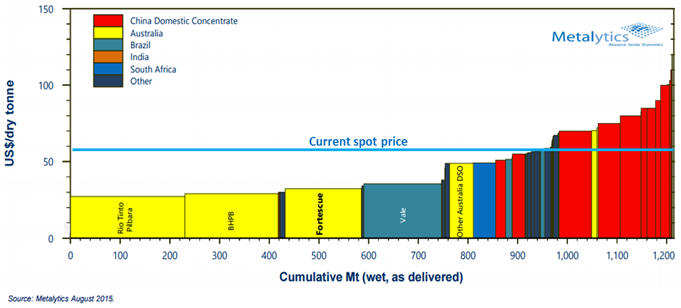adiggs
Well-Known Member
That's true. I envision that power generation will double to balance the grid, generate gases and charge vehicles. But this may be another 20 to 30 year off.
In the history of everything, lowering the price of a good leads to new demand. For myself, the mental model I consider most relevant is communications (relevant to energy). With the internet bringing marginal cost of communication to approximately zero / free, we do a LOT more communicating today than we did 10, 20, 30, 50, 100 years ago.
Only 20 years ago, the idea of streaming videos over the communication infrastructure was borderline ludicrous. Today it's so ubiquitous, it's a core component of many product / service, and company strategies. We just accept it as normal to stream a GB worth of data for an ephemeral entertainment experience, that will need to be repeated if we want to watch the movie again tomorrow.
With energy, as renewable energy makes approximately zero marginal cost energy available, I don't expect the renewable sources to just replace the current mine and burn sources. Or even 10/20/100% growth to cover the peaks and to time shift.
I expect that in time, we'll have 1000% (I made that number up - something stupendously big) compared to today's worldwide energy consumption. After accounting for all of the wasted energy involved in burning hydrocarbons.
We're going to find new uses for energy that are ridiculous to even think about in a mine and burn energy economy.
Australia is starting to think about several interrelated ideas:
- Run a very high capacity electric wire over the seabed to Singapore, and provide Singapore with a large chunk of their electricity from panels and wind turbines located in Australia
- Start building electrolyzers (make hydrogen) for export to other countries (they think they can dominate that market - hydrogen from renewable sources)
- "in-source" (my term) more of the mining value chain. Instead of digging up ore bodies and shipping them overseas for processing and smelting, keep those very high energy consumption industries in Australia, and run them on the very high quality renewable sources available in Australia. Short version - ship finished iron / steel / aluminum / etc.., instead of rocks that contain that stuff.
What else will we think of and start doing, when regular daily use energy is fully covered, and there are seasonal (but not daily) patterns to oversupply of energy. What seasonal businesses can start up to absorb that extra energy?



